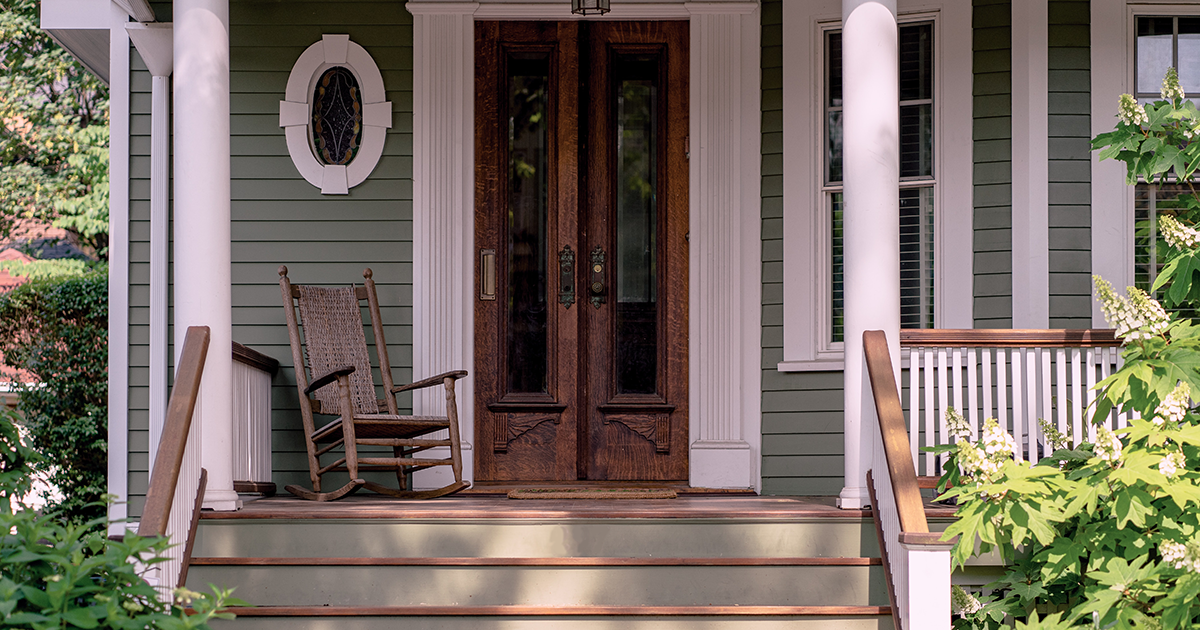Fall lawn maintenance is equally, if not more important than spring lawn maintenance. Caring for your lawn properly in the fall will set you up for a great spring and summer with your grass and garden.
Here are the top questions you should be asking your lawn care team now!
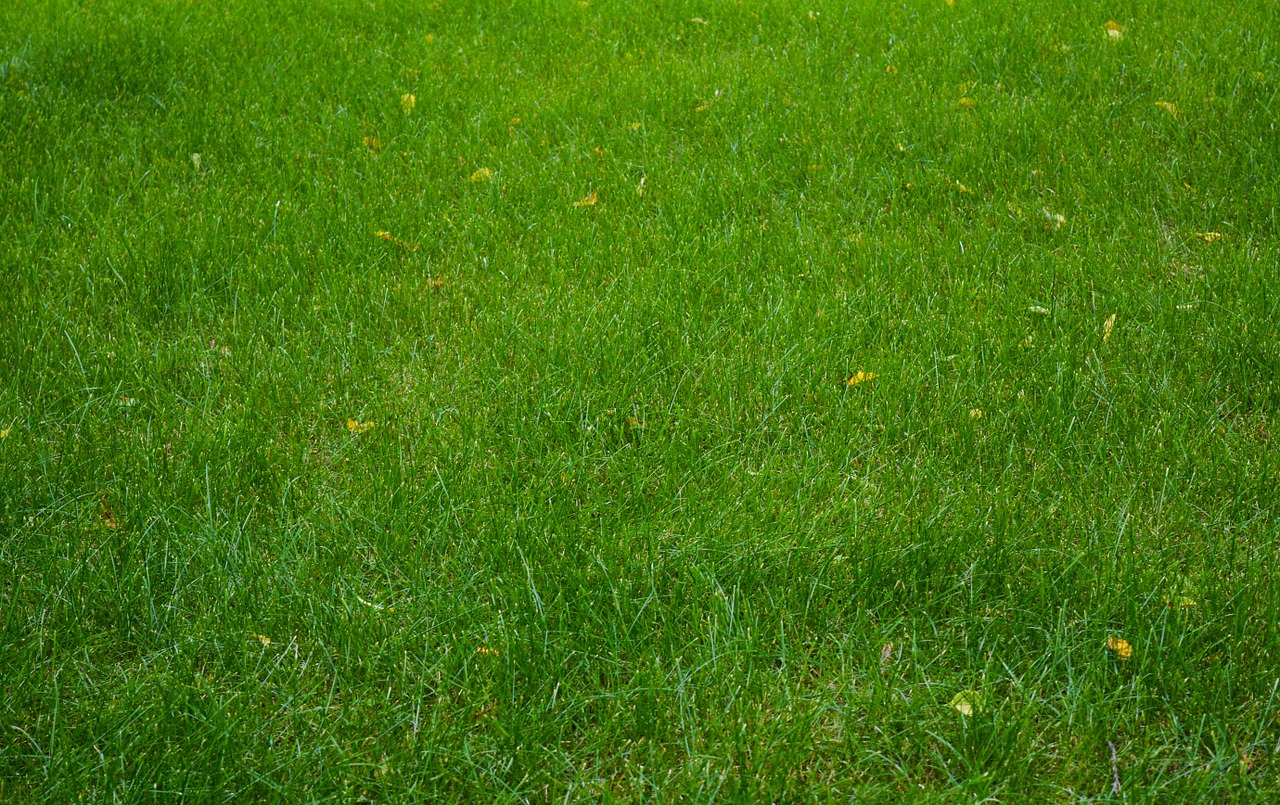
1. What kind of fertilizers do you use?
Most fertilizers contain benign ingredients that won’t harm your children or pets if ingested. But occasionally, fertilizers also include pesticides that can cause serious harm to your pets. If you have young children or pets, then this should be one of the first questions you ask your lawn maintenance pro.
Fall is a great time to fertilize and set your lawn up for a success next summer, so it’s important - just make sure your lawn care pro is using materials that are safe for your family. Putting nitrogen rich fertilizers on your lawn in the fall will help to increase chlorophyll which increases photosynthesis. An increased level of photosynthesis will increase the amount of sugars being produced by your grass which will help to prevent freezing during the cold winter months! This will, in the end, help to preserve your lawn and put it in great shape going into the spring.
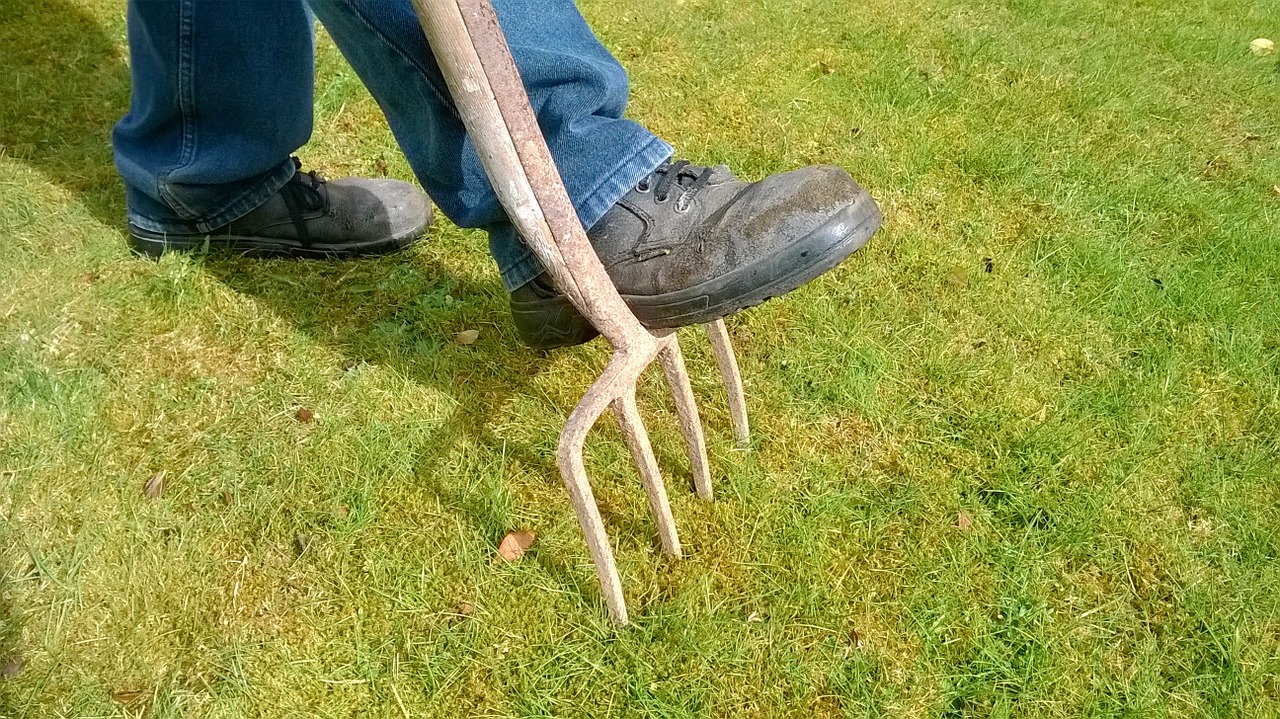
2. What’s the plan for aerating the lawn?
For cooler climate areas, fall is the perfect time to aerate your lawn. Aerating allows packed soil to breathe while letting water and nutrients to seep deeper into the soil. This will let the roots grow deeper, making your lawn stronger and more full looking!
In addition to core aerating your lawn, your lawn care specialist might recommend mulching to protect the grass through the winter and set it up for a successful spring. Mulching involves spreading a thin layer of chopped up leaves, newspaper, compost, bark (either shredded or chopped), or other organic material across the grass. The mulch then decomposes increasing the fertility of the soil.
Your lawn care specialist should be watching the weather and know the best time during the fall to aerate your lawn.

3. What methods of weed control do you use?
Again, as stated previously, make sure that your lawn care maintenance team isn’t using toxic pesticides and weed killers if you have young kids or pets. There are several kinds of weeds that germinate in the fall, which is why fall weed control is equally as important as summer weed control.
Crabgrass also seeds throughout the year - so to prevent the spread of this annoying weed, a fall weed control spray is key to a healthy lawn the following summer.
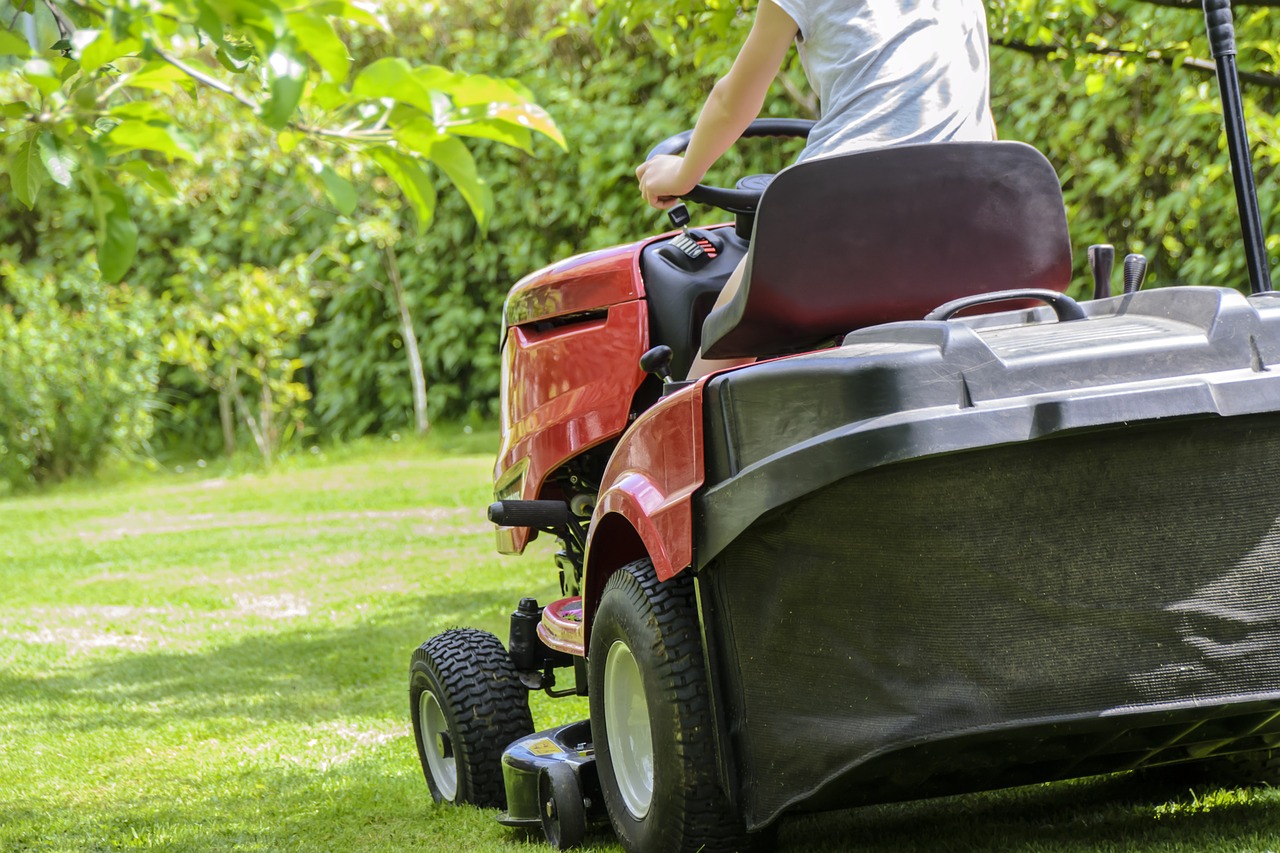
4. Will you be decreasing the length of the grass you cut to prep for snow?
In order to prep for the snow, your lawn care team should be decreasing the length of your grass, while only removing ⅓” maximum each time they cut it. Removing more than ⅓” of grass at once will shock your lawn, which is why regular lawn maintenance is critical. So it might take a few weeks to reach the optimal grass length before the snow falls.
For your final cut, the optimal length is 1.5” - 2”. If you leave the grass longer than that, it can get matted under the weight of the impending snow. This provides a great environment for fungus and mould to grow. Additionally, as the snow retreats next spring, if your grass is shorter, the sun will be able to access the crown, giving it a much better start to the season!
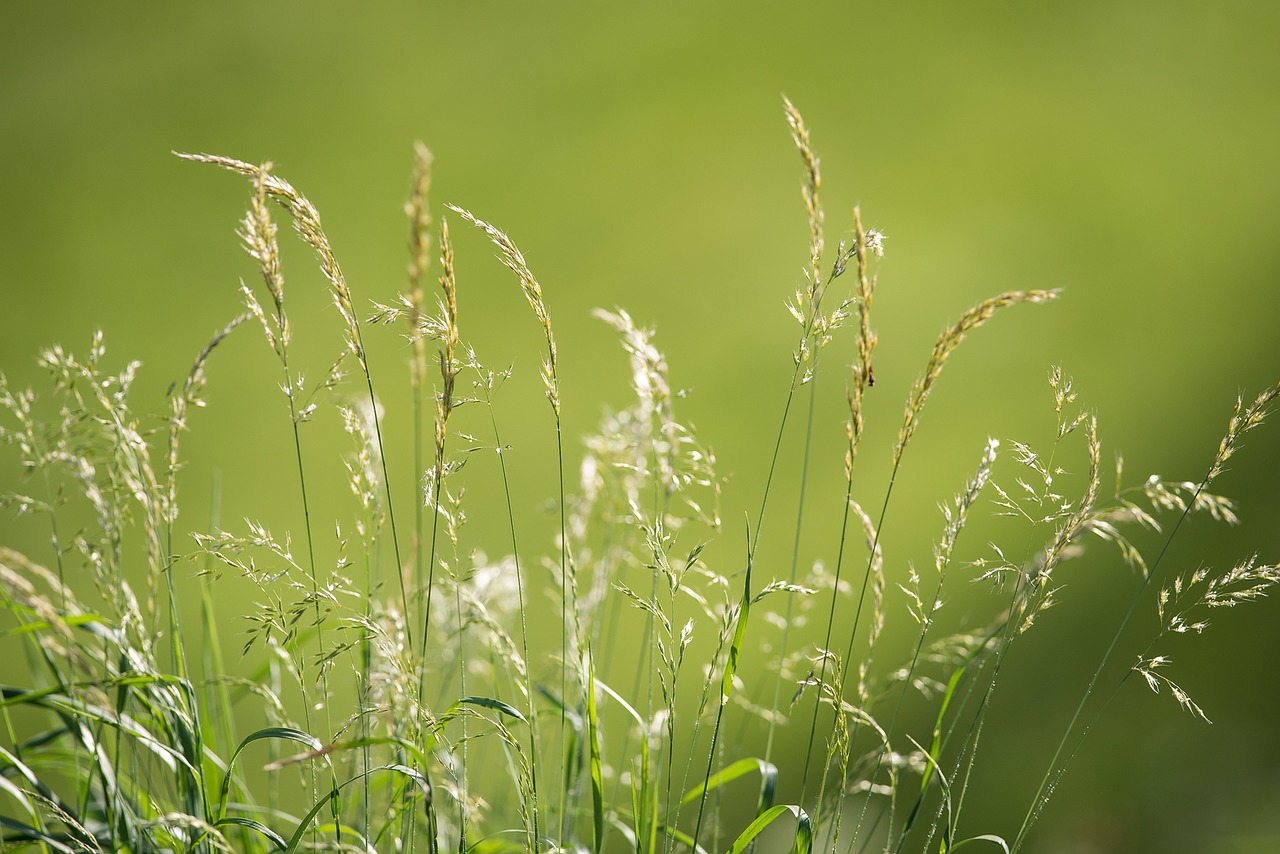
5. Will you over seed? When?
Ever wonder how golf courses maintain such beautiful, thick grass? Part of it is due to over seeding. Over seeding refers to the act of spreading grass seed where there is already grass.
Consistent cutting provides excellent growth conditions for existing grass, but it doesn’t allow for grass to naturally seed. Therefore, over seeding is a way to make up for this natural process and fill in any of the gaps or bald areas in your yard.
Fall is the perfect season to over seed because the mild days and cool nights provide the perfect conditions for germination. The extreme heat you and your lawn experience in the summer months aren’t conducive to growth.
Many think of spring as the time of year you need to be focused on your lawn care, but a thorough fall lawn care regime will ensure your grass is already off to a great and healthy start once the snow melts.
Get in touch with a Jiffy pro today to help take care of your lawn and set you up for a successful spring and summer.
Sources:
http://www.omafra.gov.on.ca/english/crops/facts/08-027w.htm
http://gardening.about.com/od/gardenmaintenance/a/Mulch.htm



